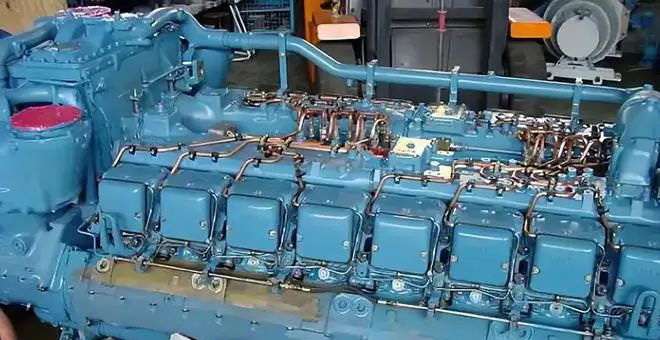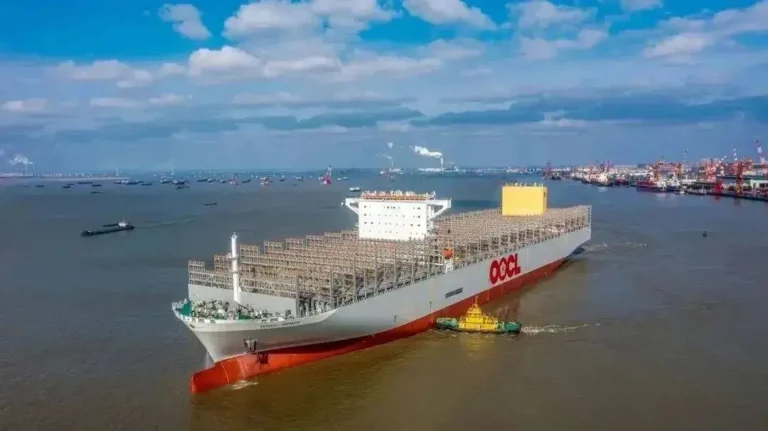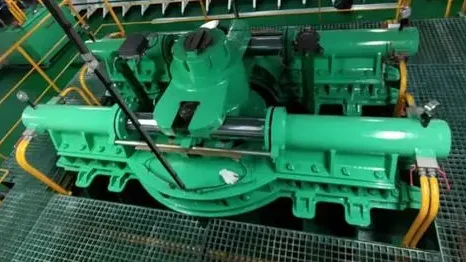This article mainly analyzes the causes, troubleshooting process, wear mechanism, and fault elimination measures of cylinder scoring that occurred during the operation of an MTU396 diesel engine on a certain ship. When the diesel engine was undergoing a test after an extensive repair, abnormal noises, automatic speed reduction, and black smoke emissions were observed, and upon inspection, it was found that cylinder scuffing had occurred in multiple cylinders.
- Fault Phenomena and Disassembly Inspection Situation: The No. 2 MTU396 diesel engine on a certain ship was undergoing a test after an extensive repair. At 75% load, abnormal noises were heard, the engine automatically reduced its speed, and black smoke was emitted from the exhaust pipe outside the ship. Upon disassembly and inspection, it was found that the tappets of the intake and exhaust valves in cylinder B5 were bent, and cylinder scuffing had occurred in cylinders B5, B6, and A7. The piston-connecting rod group was damaged, and metal debris was found in the lube oil coarse filter.
- Fault Cause Analysis: The causes of cylinder scuffing were analyzed from aspects such as the repair and assembly of diesel engine components, insufficient cooling of the cooling water system, poor operation of the lube oil system, and poor operation of the fuel supply system. These include issues with the installation of pistons and cylinder liners, the installation of pistons and piston rings, high cooling water temperature, insufficient lube oil quantity, contamination of the lube oil system, poor operation of injectors, and incorrect injection timing of fuel injection pumps.
- Fault Troubleshooting Process: The repair and assembly of diesel engine components, the cooling water system, the lube oil system, and the fuel supply system were inspected. Problems such as the clearance between pistons and cylinder liners, the installation clearance of piston rings, the installation of connecting rods, insufficient cooling of cylinder liners, piston cooling nozzles, contamination of the main oil passage in the lube oil system, and poor atomization of injectors were ruled out. It was found that the injection timing of the fuel injection pump was incorrect.
- Piston and Cylinder Liner Wear Mechanism Analysis: Pistons and cylinder liners operate in a high-temperature and high-pressure environment and need to form an effective oil film to reduce wear. The wear mainly occurs when the oil film is broken, dry friction occurs, and after the formation of adhesion points, they are sheared to produce metal particles, which exacerbates the wear.
- Determination of Fault Points and Elimination Measures: The cause of the fault was that the injection timing of the No. 1 fuel injection pump was incorrect, causing some cylinders to inject and burn fuel during the exhaust stroke, and the fuel scour the lubricating oil film on the inner wall of the cylinder liner, resulting in cylinder scuffing. Replacement of damaged components, inspection, repair, and reinstallation, as well as testing, were carried out as elimination measures.
- Conclusion: For this fault, attention should be paid to the correctness of adjusting the injection timing of the fuel injection pump. In the past, cylinder scuffing of MTU diesel engines was mainly caused by thermal deformation due to insufficient cooling of pistons lacking oil.




